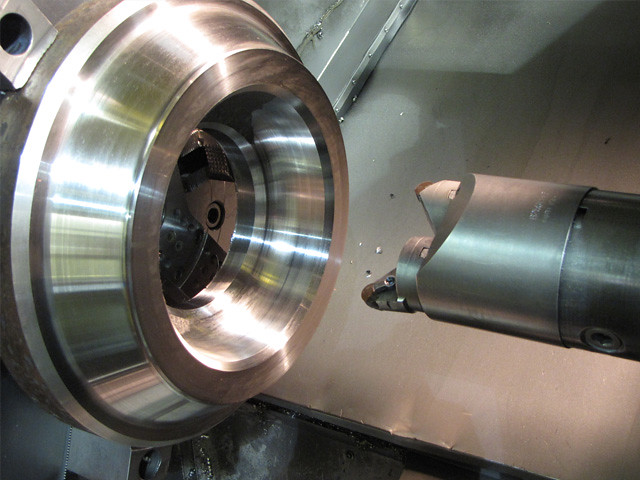When manufacturing custom parts, there is always a need to maximize efficiency. This is especially true when it comes to machining complex part features.
The right cutting tool for these features can help you achieve a much faster machining process, resulting in greater productivity and less wasted material and energy.
Optimize Your Design for Standard Drill Sizes
One of the critical challenges when machining parts with tight tolerances is that drilled hole locations and sizes can vary significantly due to several manufacturing variables. These include tool sharpness, accuracy, machine rigidity, machine spindle bearings wear, and material thermal expansion.
To compensate for these variations, it is critical to design geometry, process capabilities, and proper mechanical tolerance specifications that provide the highest level of consistency in a part’s final finish.
A common issue that can arise when drilling a long hole is drill “walking.” This occurs when the bit “walks” across the part’s surface, which is particularly problematic in cast or rough materials.
Keeping the length-to-dimeter ratio at or below 8:1 helps minimize drill walking and tool breakage. This can result in a higher-quality and more reliable finished product. Moreover, reducing chatter is also beneficial to the entire machining process. It reduces the risk of damaging a tool’s primary cutting edge and can prevent the formation of chatter waves that can erode the cutting edges and the part.
Keep the Length-To-Diameter Ratio at or Below 8:1
When it comes to custom machining, one should keep the length-to-dimeter ratio at or below 8:1. This will prevent tool deflection, which is the leading cause of chatter, wobble, and impact loading.
This is important because it will help increase your machining efficiency. Moreover, it will prevent unnecessary tool changes and improve the quality of your work.
Another way to maximize your machining efficiency is to avoid slotting. This can be achieved using a follow-part offset pattern that starts away from the part walls and works in.
In addition, choosing a custom machining company with the necessary resources and support is essential to handle technicalities that tend to delay or interrupt production. This will save you time and money while increasing your business’s profitability.
Avoid Deep Cavities and Corner Radii
Whether you’re using a conventional machine or a CNC mill, it’s important to avoid deep cavities and corner radiuses that might make it difficult for the tooling to do its job. This can lead to a less-than-optimal surface finish, decreased tool engagement, and increased chatter marks that slow the cutting process.
This is especially true for interior features, such as bosses or ribs that strengthen the part. The radius of these corners must be carefully considered because it can increase stress concentration, leading to part failure.
Fortunately, various techniques can help you achieve an ideal corner radius for your part design and application. These include dogbone and T-bone fillets extending the inside edge of a tool’s corner radius. These techniques help machinists produce parts with sharper interior corners that are easier for components to fit together.
Incorporate a Center Drill at the End
Often overlooked, incorporating a center drill at the end of a custom drill can help maximize efficiency with custom machining. This will reduce setups and increase productivity while reducing costs.
Generally, center drills make starting holes on workpieces for turning between centers on lathes or other machine tools. They don’t flex and wobble like twist drills, making them more likely to start on the spindle axis.
When using center drills, it’s important to back off the exercise several times to prevent the smaller tip from slipping out of the hole. This will ensure a more accurate starting point and help avoid damaging the drill bit’s cutting edges.
If you need help determining which type of drill is right for your machining needs, consult a tool expert to learn more. They can recommend the ideal center drill for your job and help you select the correct equipment for the project.









